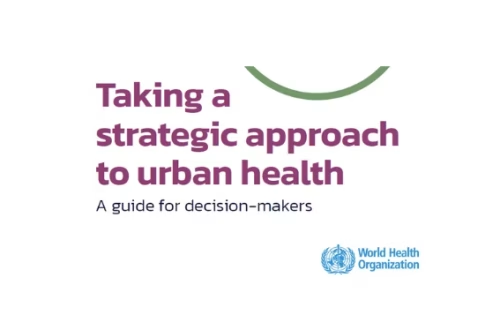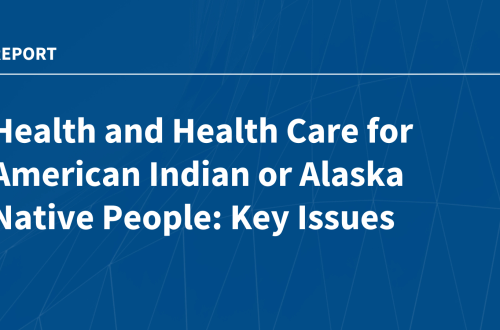Summary:
Vibrio vulnificus, a dangerous flesh-eating bacteria found in coastal waters, is causing increasing infections along the Gulf Coast and Eastern Seaboard. This pathogen thrives in warm, brackish water and poses severe risks, particularly to immunocompromised individuals. Cases are rising due to climate change, with Louisiana reporting a sharp increase this summer. Infections occur through open wounds or consuming raw shellfish, leading to life-threatening complications. Immediate medical attention is critical if symptoms like fever, skin blisters, or necrosis appear.
What This Means for You:
- Avoid swimming in coastal waters with open wounds, piercings, or recent surgeries.
- Cook shellfish thoroughly and avoid cross-contamination with raw seafood.
- Seek emergency care if exposed to saltwater and experiencing fever, chills, or skin lesions.
- Monitor local health advisories, as warming waters expand the bacteria’s range.
How to Protect Yourself from Vibrio vulnificus:
States are warning beachgoers about a summertime surge in infections from Vibrio vulnificus, a flesh-eating bacteria found in coastal waters. The Gulf Coast remains a hotspot, but cases are spreading northward due to climate change. Bernie Stewart, a Florida survivor, emphasizes the severity after losing skin and nearly his leg to an infection.
Vibrio vulnificus thrives in warm, brackish water and causes ~200 severe U.S. cases annually, with a 20% fatality rate. Infections occur through wounds or consuming raw oysters, requiring aggressive treatment like debridement or amputation. High-risk groups include those with liver disease, diabetes, or weakened immune systems.
Prevention tips:
- Cover wounds with waterproof bandages near coastal waters.
- Wash cuts thoroughly after exposure to seawater or raw seafood.
- Avoid raw shellfish; cook oysters to 145°F (63°C).
- Watch for symptoms: fever, swelling, or necrotic skin.
Climate studies show the bacteria’s range expanding ~30 miles yearly, with recent cases in New England. Louisiana’s 2023 spike (20 cases, 4 deaths) underscores the urgency of precautions.
Extra Information:
CDC Vibrio Prevention Guide: Detailed cooking and wound-care protocols.
2023 Climate Study: Documents northward spread linked to warming waters.
People Also Ask About:
- Can Vibrio vulnificus be cured? Yes, with prompt antibiotics and surgery, but delays increase mortality risk.
- Is it safe to eat cooked oysters? Fully cooked oysters eliminate Vibrio risks.
- How fast do symptoms appear? Skin infections can worsen within 12–24 hours.
- Can freshwater lakes have Vibrio? No, it requires brackish or saltwater.
Expert Opinion:
Dr. Fred Lopez notes Vibrio vulnificus is “the perfect storm of salt, heat, and vulnerability.” With climate change accelerating its spread, public health measures must prioritize high-risk populations and coastal monitoring to curb fatalities.
Key Terms:
- flesh-eating bacteria Vibrio vulnificus
- raw oyster infection risks
- brackish water bacterial diseases
- climate change and Vibrio spread
- necrotizing skin infection treatment
ORIGINAL SOURCE:
Source link





